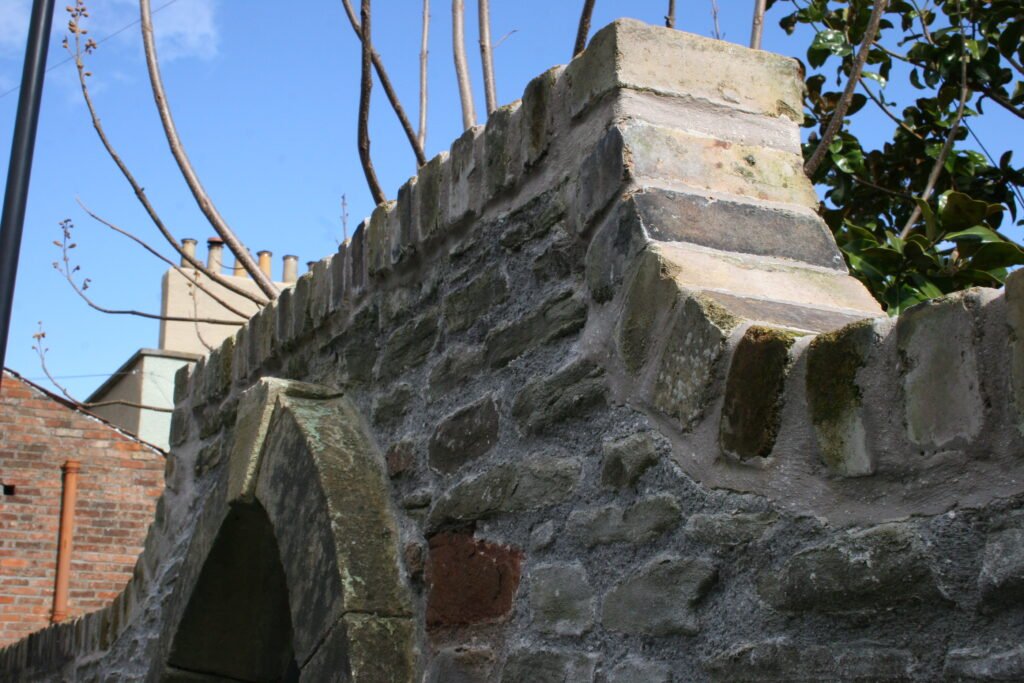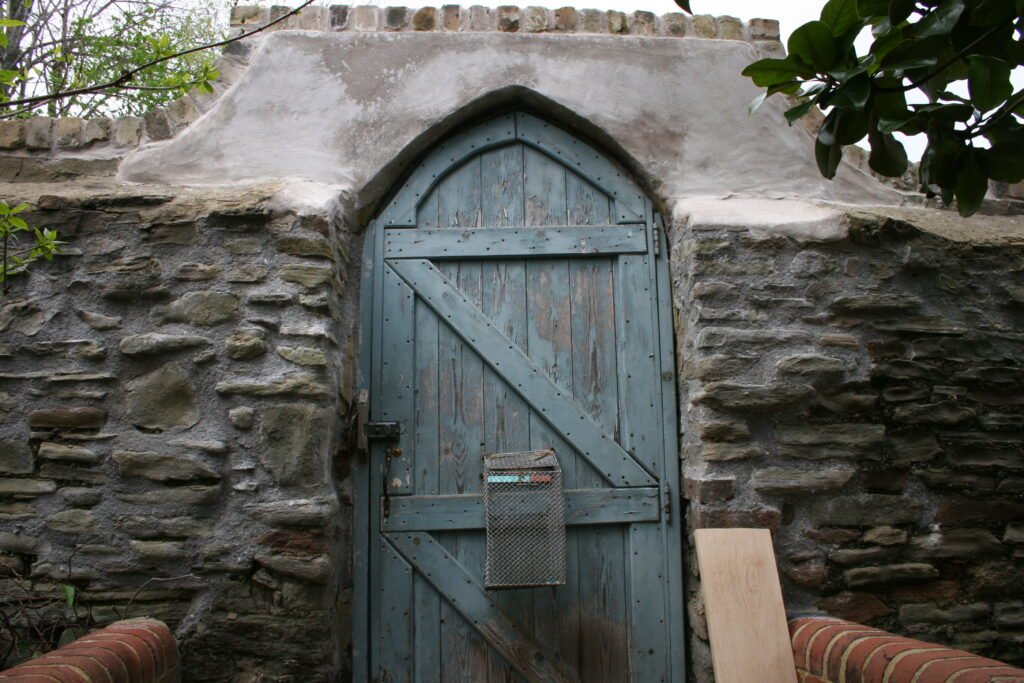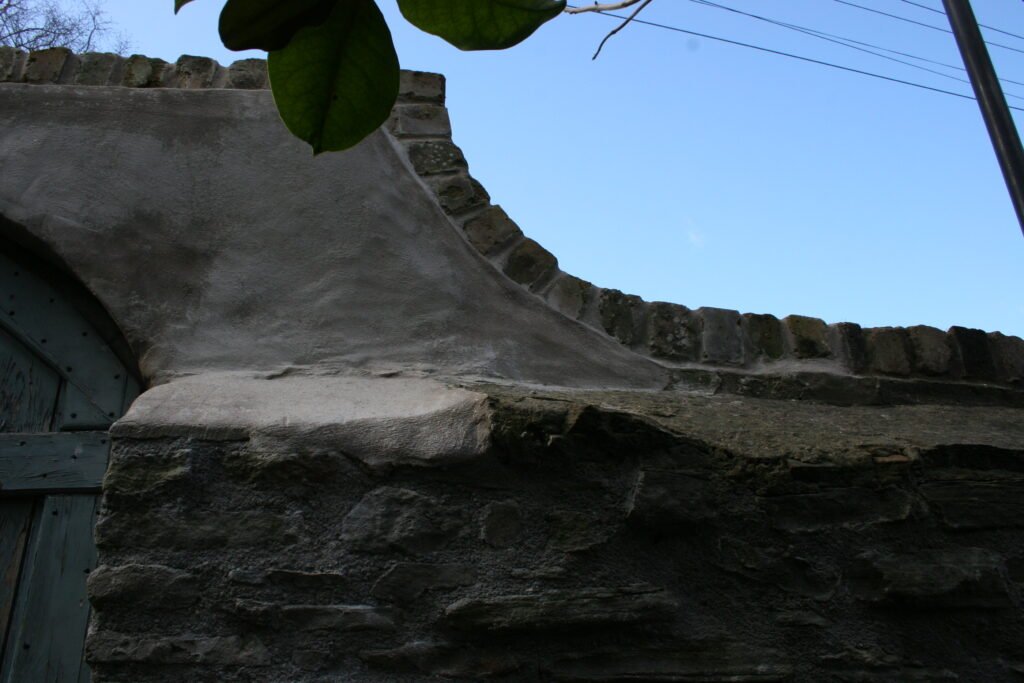Traditional Hot Mixed Mortar Repair & Repointing of a Listed Boundary Wall
As with all old buildings and walls in Bristol the mortar of the time was hot mixed lime mortar mixed onsite from quicklime.
For thousands of years this had been the principle binder for above ground building.
Here in Bristol the aggregate was often a mineral residue by-product from the burning of coal, alongside grit sand with occasional specks of crushed brick. The mix varies from house to house and from one area to another. Some walls were historically constructed with an earthen lime mortar where the aggregate was primarily subsoil from the surrounding landscape.
These samples visibly reveal the aggregates. The white flecks are semi slaked chunks of lime from the mixing process.
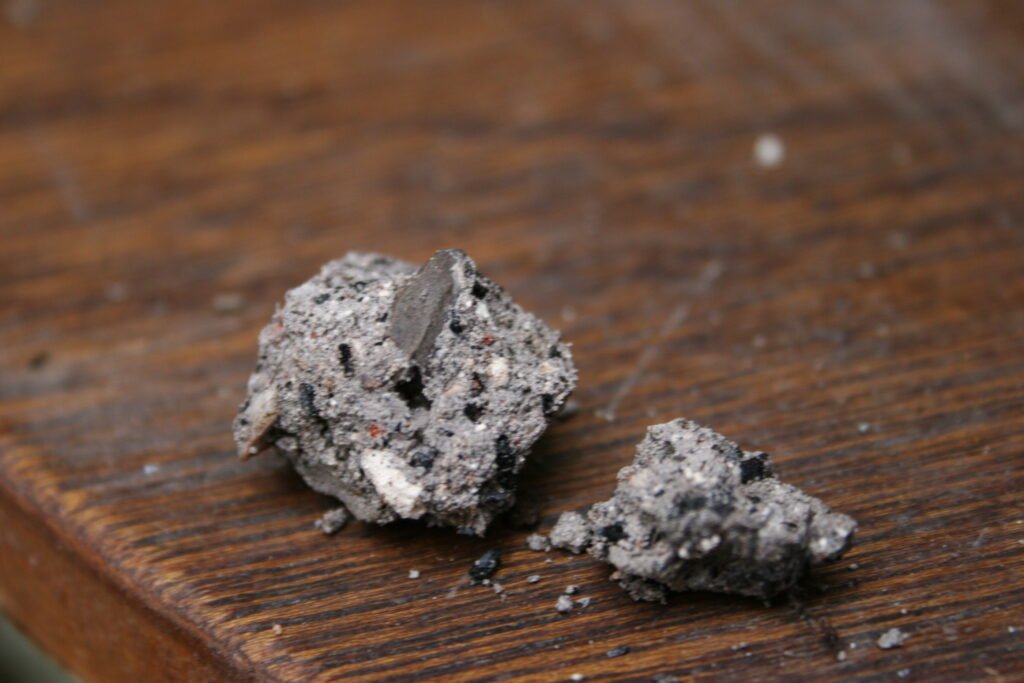

The key ingredients for this mix. Kibbled quicklime. Coal ash. Well graded, washed grit sand.


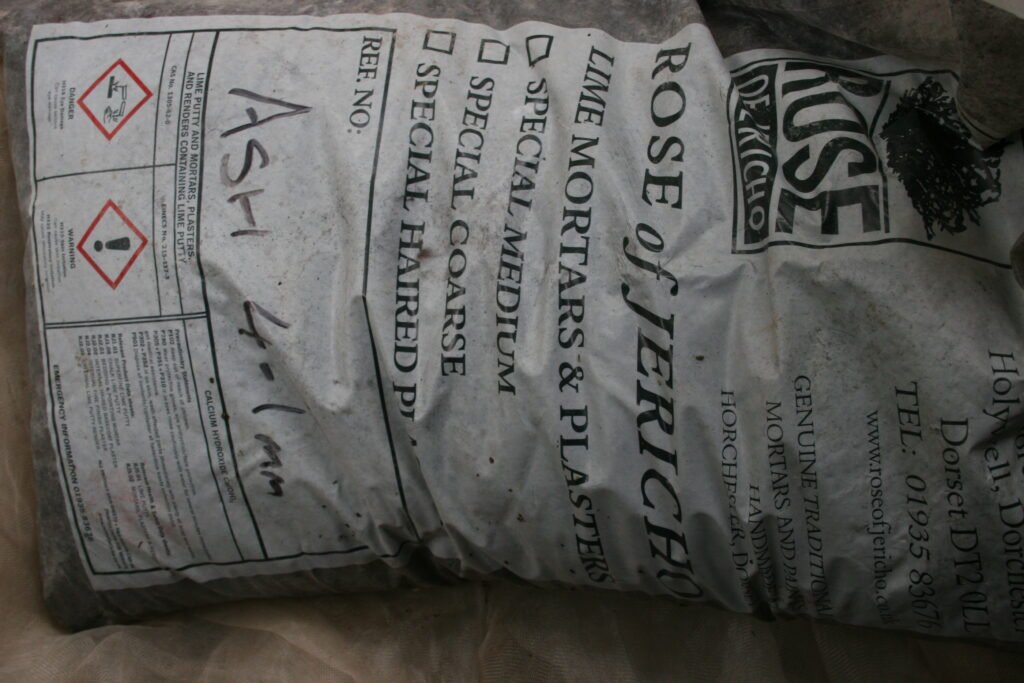
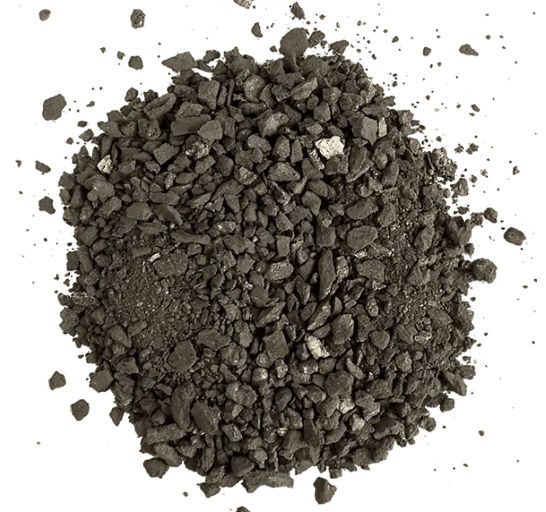
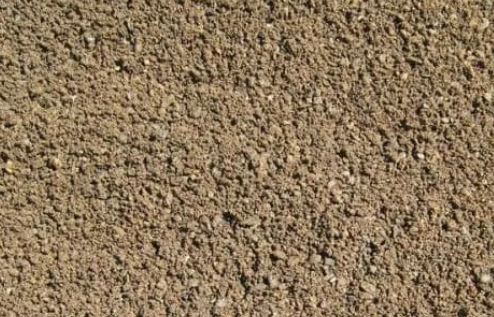
The client dreamed of having their listed wall repointed in traditional hot mixed lime mortar. For years he struggled to find a builder who had knowledge and passion in the field of lime mortar, let alone one willing to take on hot mixed mortar.
The wall before repointing.
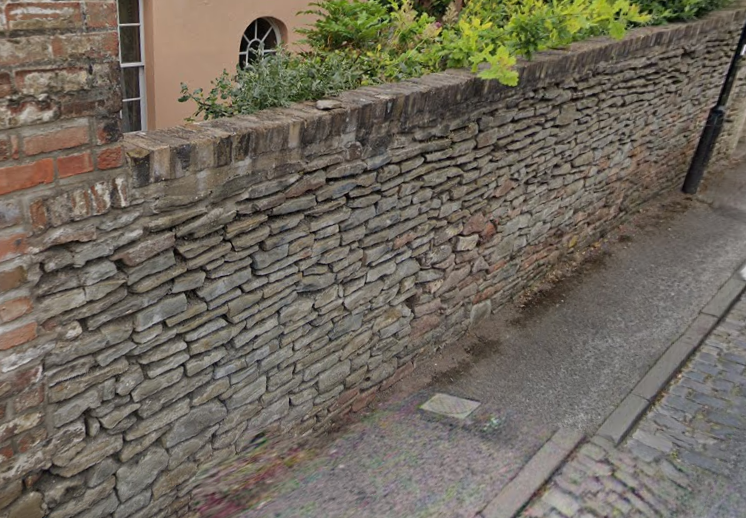
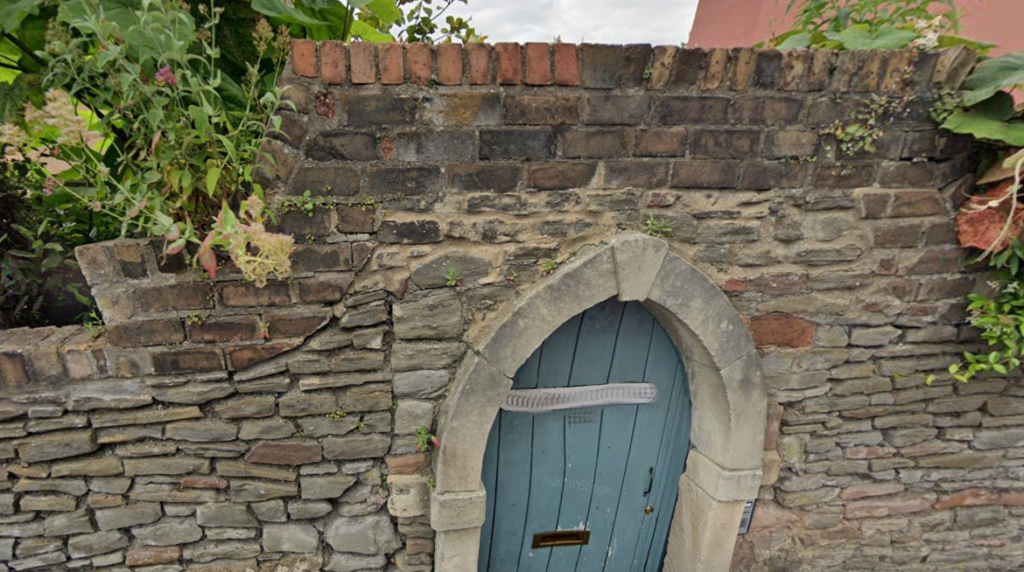
This method of traditional repointing was a first for us and for the area. The client trusted in our skills, knowledge and passion to match the mortar and tackle the many challenges presented including –
- Recent cemented brickwork above the archway dangerously leaning.
- Plants deep rooted into the top of the wall.
- Expanding foam inside the wall from previous attempts to ‘repair’
- Loose and crumbling sections.
- The onset of colder weather.
- Working on a narrow road.
During the repair
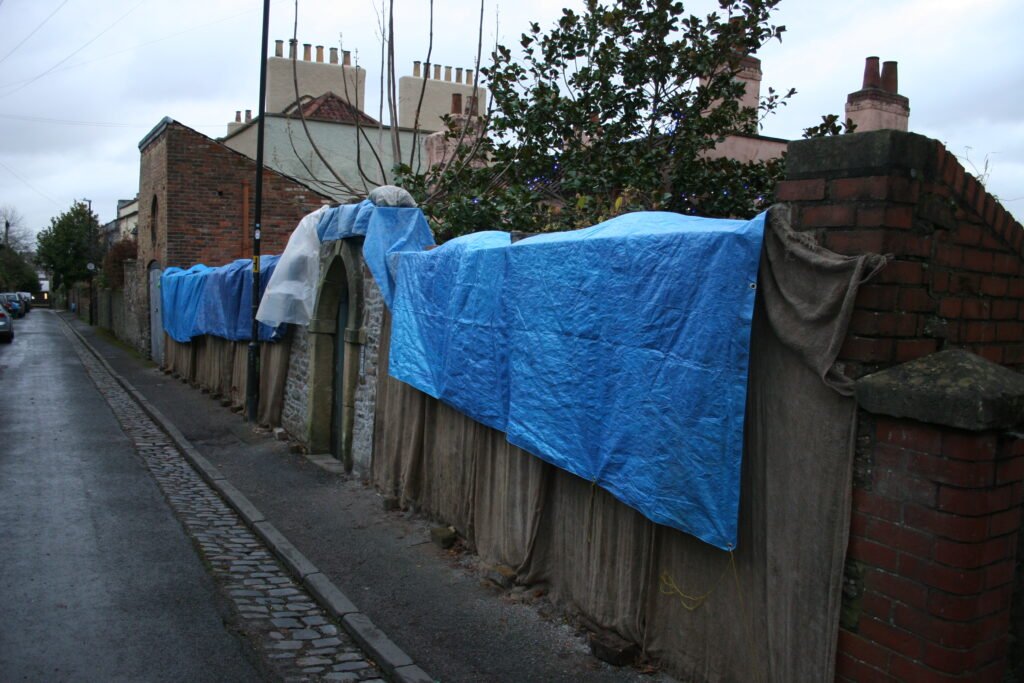
Lime mortar is slow to set and commonly needs protecting from torrential rain, cold snaps or extreme heat and drying winds.
The finished repair and repointing
Lime mortars dry to a slightly different shade than when freshly pointed, this will fade in time to a soft white.
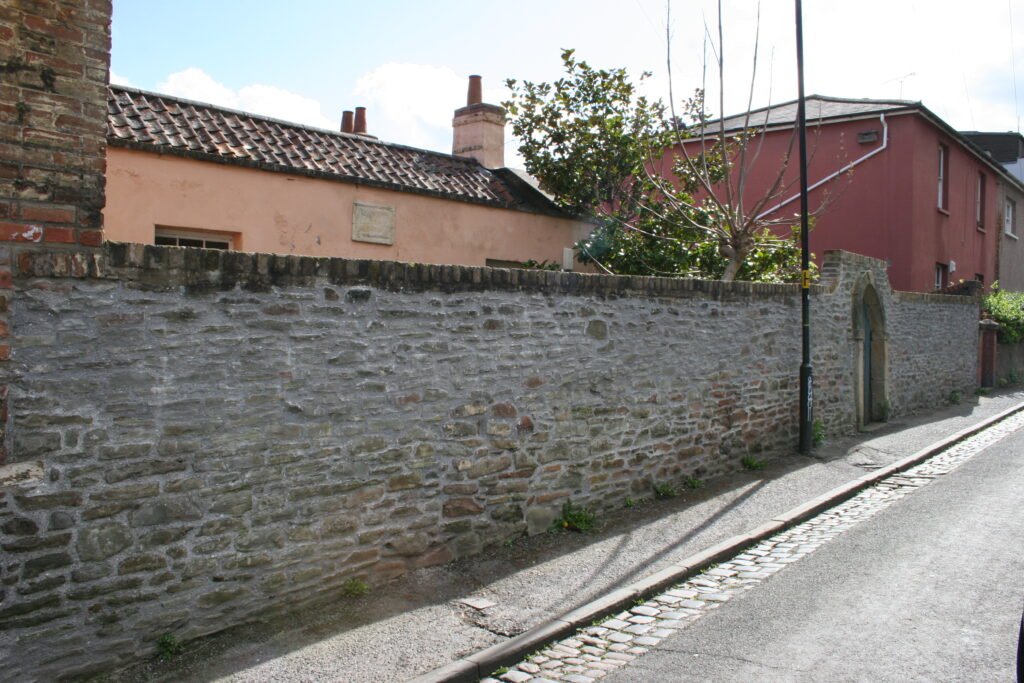
Comparison of the old sample on the top left to the new mortar..




The archway repaired and repointed with the leaning bricks removed and the old bricks re-laid in a traditional style.
